We like to get outside with our children but then they start to ask the most impossible questions like: “Why does the sun come up?” “Why is the sky blue?” and “What bird is that?” Seriously kid, give us a break.
Funny though, my children did not particularly care for my thorough explanation of the earth’s rotation around the sun and spinning axis. Equally less impressed with my nobel prize worthy explanation of gasses and light creating the sky colors. Parent fail.
The bird question though I can research and come up with some solid answers.
Pretty sure you all know how to identify a blue jay, cardinal, mourning dove, crow, vulture (those big uglies eating at road kill), and even a blue heron. But what some of those common birds of East Tennessee that we might see but haven’t a clue which ones they are?
Tennessee Warbler
The Tennessee Warbler certainly doesn’t get it’s name from being only in Tennessee. In fact it moves well north to breed in the summer. It does come through Tennessee and the southeast as part of its migratory habit before spending winter in the Latin America’s.
Rose Breasted Grosbeak
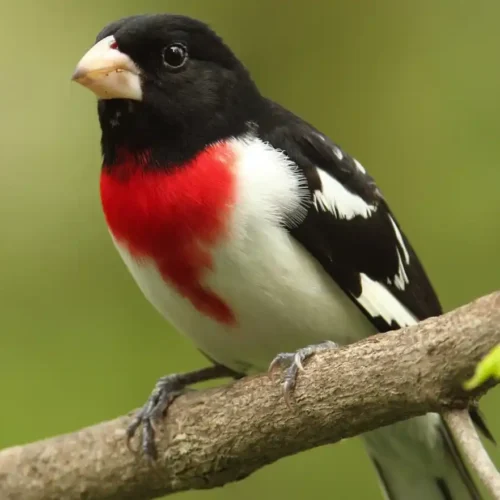
East Tennessee has special spot for the Rose Breasted Grosbeak. It mixes in with their summer breeding area as well as their migratory pattern. The rest of Tennessee will only see them while migrating. This bird has a really distinct ‘song’ or call. They can be found around wooded areas that are deciduous in nature (shed leaves).
Blue Grosbeak
The Blue Grosbeak likes to call Tennessee and much of the south it’s home during the summer months. They will often breed in our area sometimes having two broods in a season. They prefer to set up shop in lower lying areas, shrubs and even near roadways.
American Goldfinch
The American Goldfinch is just about everywhere. It is the state bird for some four or five states. In Tennessee you can find this bird year round. The neat part about the American Goldfinch is that it can change its colors through molting a couple of times a year. In the winter you will not find the bright yellow, but more of a muted colored bird.
Northern Mockingbird

Okay, so this one is not just an east tennessee bird, you can find the northern mockingbird all around the US. It could be in part because of its immense popularity at the turn of the century. Mockingbirds, which are known for their singing (and many times constant singing) were caged up and sold at markets across the US. So, chances are you have a mockingbird somewhere in your home proximity, but since we do not sell them at market places they might not be the most obvious bird to recognize.
Eastern Phoebe

The Eastern Phoebe is a pretty common bird to see around the house, but you will not see an abundance of them. The Eastern Phoebe is known to be a bit of a loner, even when mating or raising a brood. They do like to build nests in low lying areas and nooks around homes or bridges, usually made out of grasses and mud. In east Tennessee and our surrounding area they are known to live year round, sometimes migrating to our adjacent southern states for some winter reprieve.
Eastern Bluebird
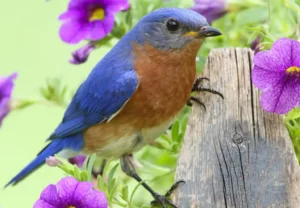
The Eastern Bluebird has some really vivid colors with it’s bright blue back and rusty red chest. They like to find nesting areas in grassy areas with some bordering woods. You might find them lingering around the edges of your yard. Eastern Bluebirds are a year round bird in our area, though we might see them migrate a bit south if we keep having freezing cold winters like we did this year. A bonus for having some Eastern Bluebirds in the area, they like to eat insects which is a good natural pest prevention.
I now just need to convince my kids that I am right when explaining about hollow bones and the body density of birds when they ask “How do birds fly?”.

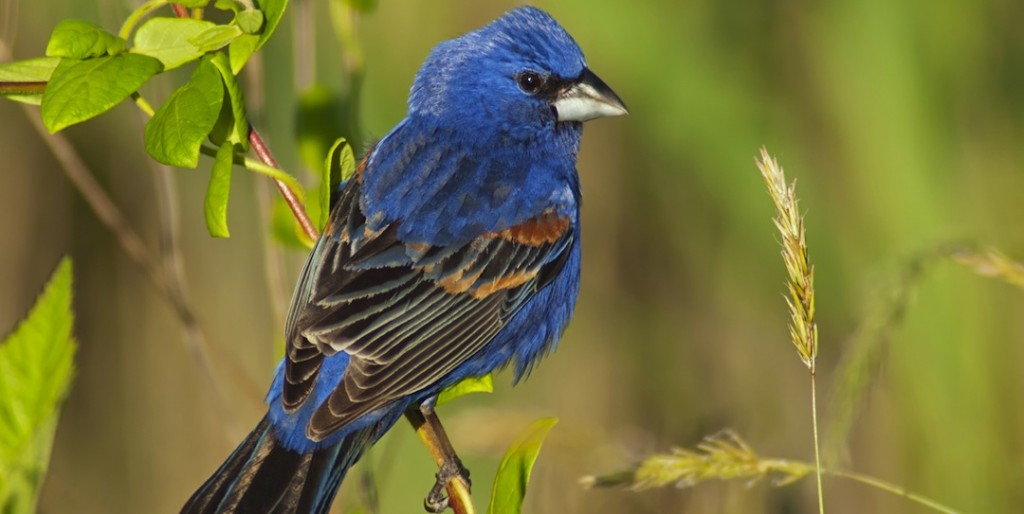
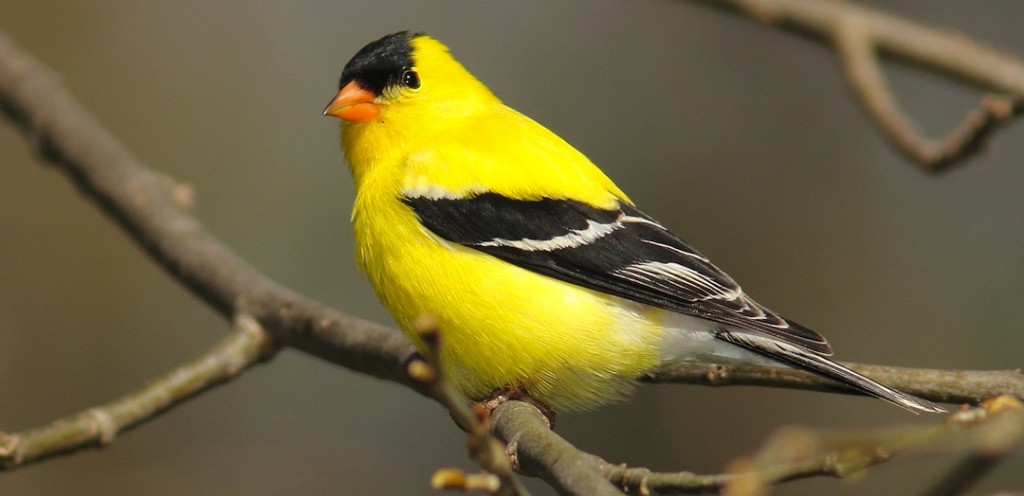
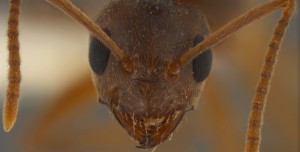


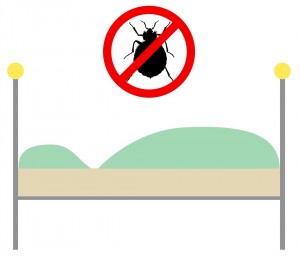 Bed bugs are out there and becoming evermore the problem. How you can you protect yourself from getting bed bugs in your home? There is never a guarantee for keeping bed bugs from your home, but following these tips to prevent bed bugs in your home will help for sure.
Bed bugs are out there and becoming evermore the problem. How you can you protect yourself from getting bed bugs in your home? There is never a guarantee for keeping bed bugs from your home, but following these tips to prevent bed bugs in your home will help for sure. While the wilderness is steps away from the neighborhoods in Rockwood, police say it’s still an odd case. Diseased raccoons have been discovered, and they could have rabies.
While the wilderness is steps away from the neighborhoods in Rockwood, police say it’s still an odd case. Diseased raccoons have been discovered, and they could have rabies.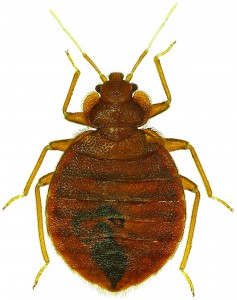
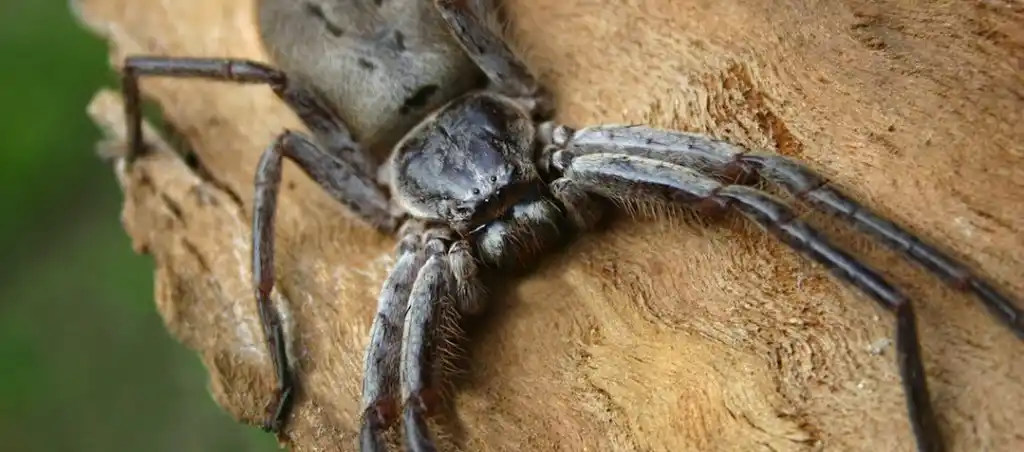

 When conditions are optimal a mature colony will release a large number of winged termites simultaneously from the nest to mate. These swarming termites will emerge from holes in the soil as well as cracks in a building. These swarmers will fly to mate, locate new nest sites and food sources. Small percentages of swarmers actually are successful in mating and establishing a new colony. Most swarmers will become food for birds, bats or other insects. Those that are successful will create a ‘royal couple’ and will burrow into the ground where the queen termite begins to lay eggs. A new colony will then take 4 plus years to establish itself before it can send out its own swarmers.
When conditions are optimal a mature colony will release a large number of winged termites simultaneously from the nest to mate. These swarming termites will emerge from holes in the soil as well as cracks in a building. These swarmers will fly to mate, locate new nest sites and food sources. Small percentages of swarmers actually are successful in mating and establishing a new colony. Most swarmers will become food for birds, bats or other insects. Those that are successful will create a ‘royal couple’ and will burrow into the ground where the queen termite begins to lay eggs. A new colony will then take 4 plus years to establish itself before it can send out its own swarmers.